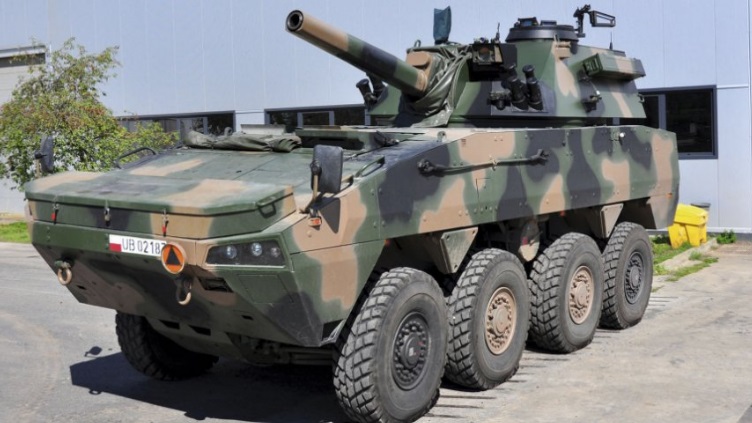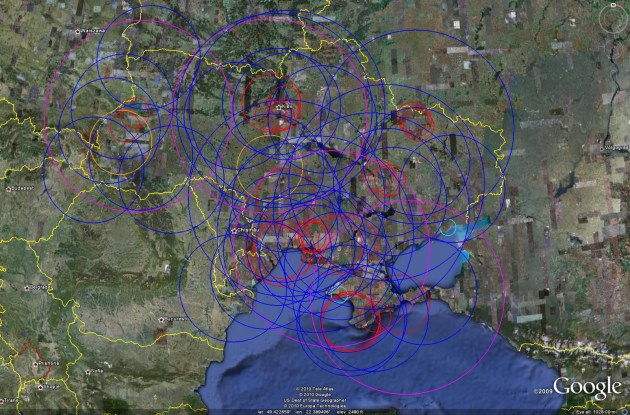The AR-15 selector is a pretty standard component. There are a few variations on the lever shape, some including an ambi part for lefties, but it’s worked the same way since the 1960s: Point the lever forward (“0 degrees”) for Safe, point the lever straight up (90 degrees) for semiautomatic, and point the lever back (180 degrees) for full automatic. Or burst. Pretty simple.
One innovation seen occasionally on competition guns is the ‘short-throw’ safety lever. This is a safety lever where semiauto requires less than a quarter-turn of the lever. Usually it’s about a 45-55 degree range of travel that will switch the rifle to semiautomatic.
Something like this has also been seen on some military rifles, including the FN SCAR. On the SCAR’s safety lever, the 45 degree position is semiautomatic and 90 degrees is fully automatic. It’s definitely easier and faster than the standard AR lever, but it’s not really worth fussing about. Unless you’re a competition shooter where every tenth of a second counts, in which case, you can mod your heart out. That said, it’s not a super popular mod on the competition circuit. Usually money gets spent elsewhere.
It becomes a little more interesting when combined with a recent Marine Corps study. The Corps appears to have (re)discovered that fully automatic fire is more effective on moving targets than semiautomatic fire. This is no surprise. We’ve known this for a while now. Recall that the original demand for the rate of fire on the MG-42 came from wanting to maximize hit probability for a target moving from cover to cover at range. And Project SALVO and SPIW were all about increasing hit probability by getting more bullets downrange.
All that said, let’s look at the specific formulation, since we have it for this study. Numbers are always good. To simulate an enemy soldier moving from cover to cover, the marines looked at a man-size target moving at a speed of about 10 miles per hour, at a range of 50-150 yards, and assumed a 2.2 second exposure. They worked out that if a soldier was firing on semi-automatic, the hit probability was about 0.4. This hit probability went up to 0.6 simply by switching over to full automatic.
Anyway, the Marines were a little concerned that by the time the soldier saw the moving target, flipped the selector to automatic, took aim, and fired, the target would be gone. Remember, there’s only a 2.2 second exposure time. So they reached out to Geissele to help. While they were wishing, they also wanted the transition in and out of full-auto to be as easy as possible.
Geissele’s high speed selector starts with a 45-degree position for semi-automatic, and a 90-degree position for fully automatic. Just like the SCAR. What’s new is that the selector is spring loaded. So the marine holds the selector in the 90-degree position with his thumb to fire on full-automatic and lets go when he wants to go back to semi-automatic.
I like the shorter throw, but I’m not entirely sold on the spring-loading. It seems to me like this is the sort of thing that one ought to be able to handle with doctrine and drill. A technological solution in search of a problem. And I really don’t think the short throw is worth the bother.


 Unlock with Patreon
Unlock with Patreon